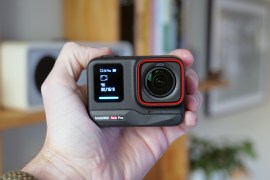Polaroid Go Generation 2 review: small scale, big fun
Minor updates make all the difference
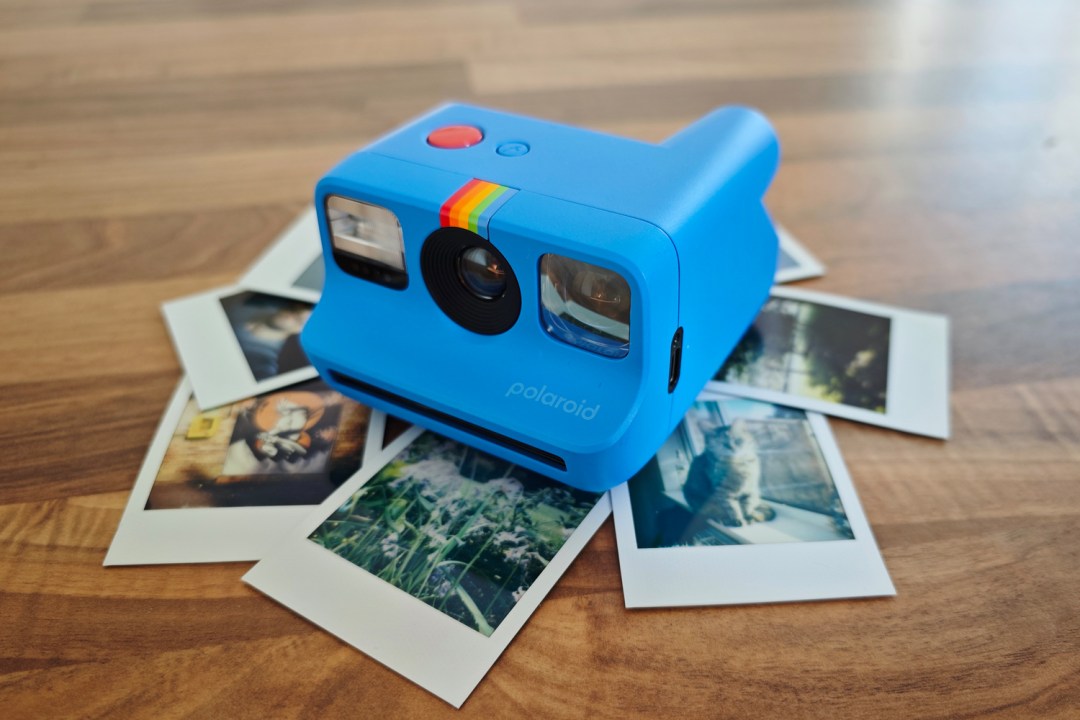
Stuff Verdict
The most pocket-friendly take on instant photography is even better for its second iteration. The Polaroid Go Generation 2 still isn’t perfect, and film remains expensive, but it’s a whole lot of fun
Pros
- As small as instant cameras get
- Point-and-shoot simplicity with colourful prints
- A few useful creative modes
Cons
- Low-light snaps aren’t fantastic
- Film packs are pricey
Introduction
“Small” isn’t usually a word I associate with instant cameras. Those (usually chunky) analogue film packs have to sit somewhere, as does the mechanism that spits out shots with every squeeze of the shutter button. The Polaroid Go broke that trend a few years back, thanks to a new film format even smaller than a credit card.
Now there’s a second-generation model, which is just as diminutive, yet brings a few welcome upgrades. A larger aperture lens and ‘more precise’ light sensor promise clearer and brighter images, while USB-C charging cuts down on cable faff. Given the original was already a fun addition to my camera bag, do those small changes make all the difference? After a week of snapping, here’s what I think.
How we test cameras
Every camera reviewed on Stuff is tested in a range of lighting conditions, with a variety of subjects and scenes. We use our years of experience to compare with rivals and assess ergonomics, features and general usability. Manufacturers have no visibility on reviews before they appear online, and we never accept payment to feature products.
Find out more about how we test and rate products.
Design & build: baby blue
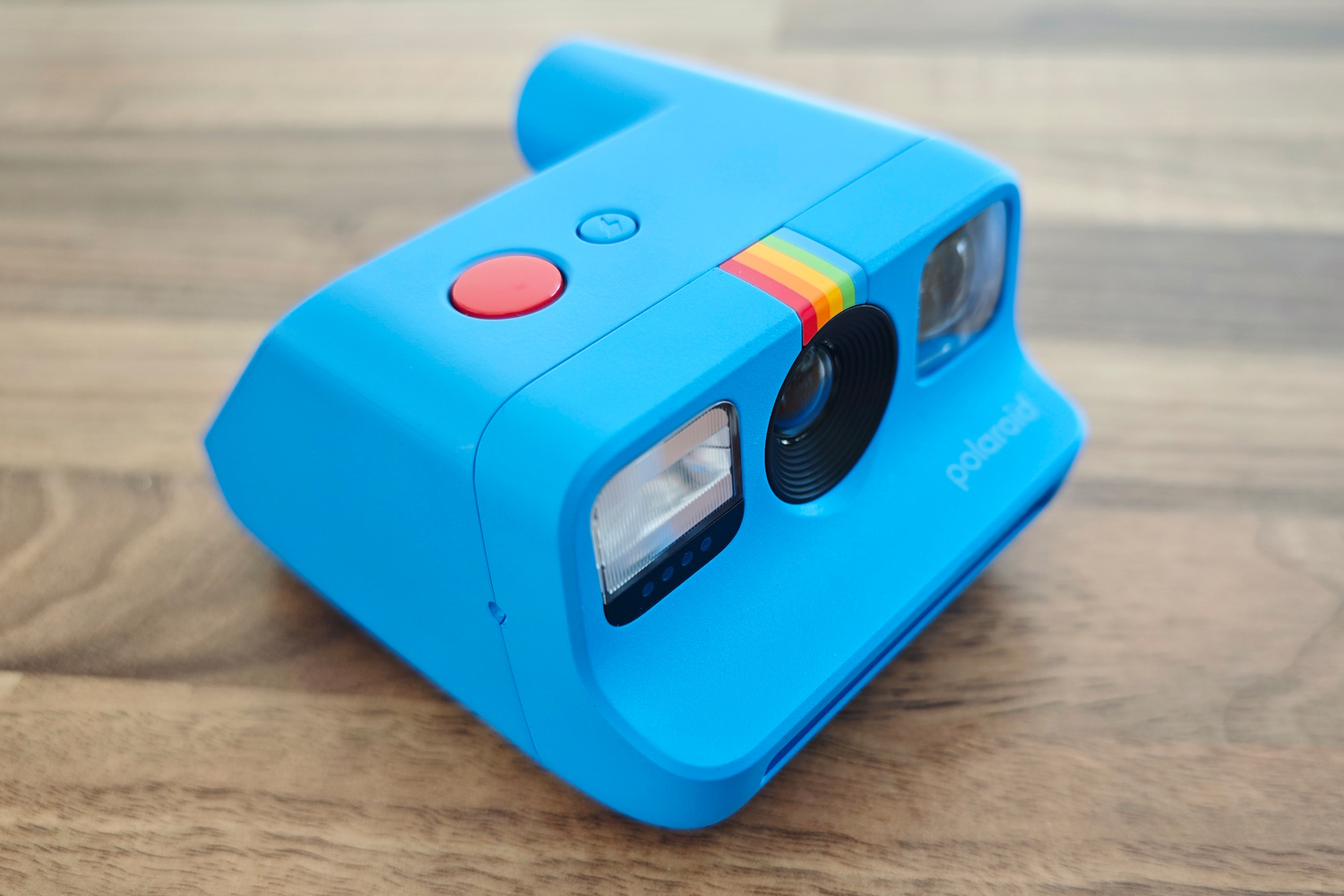
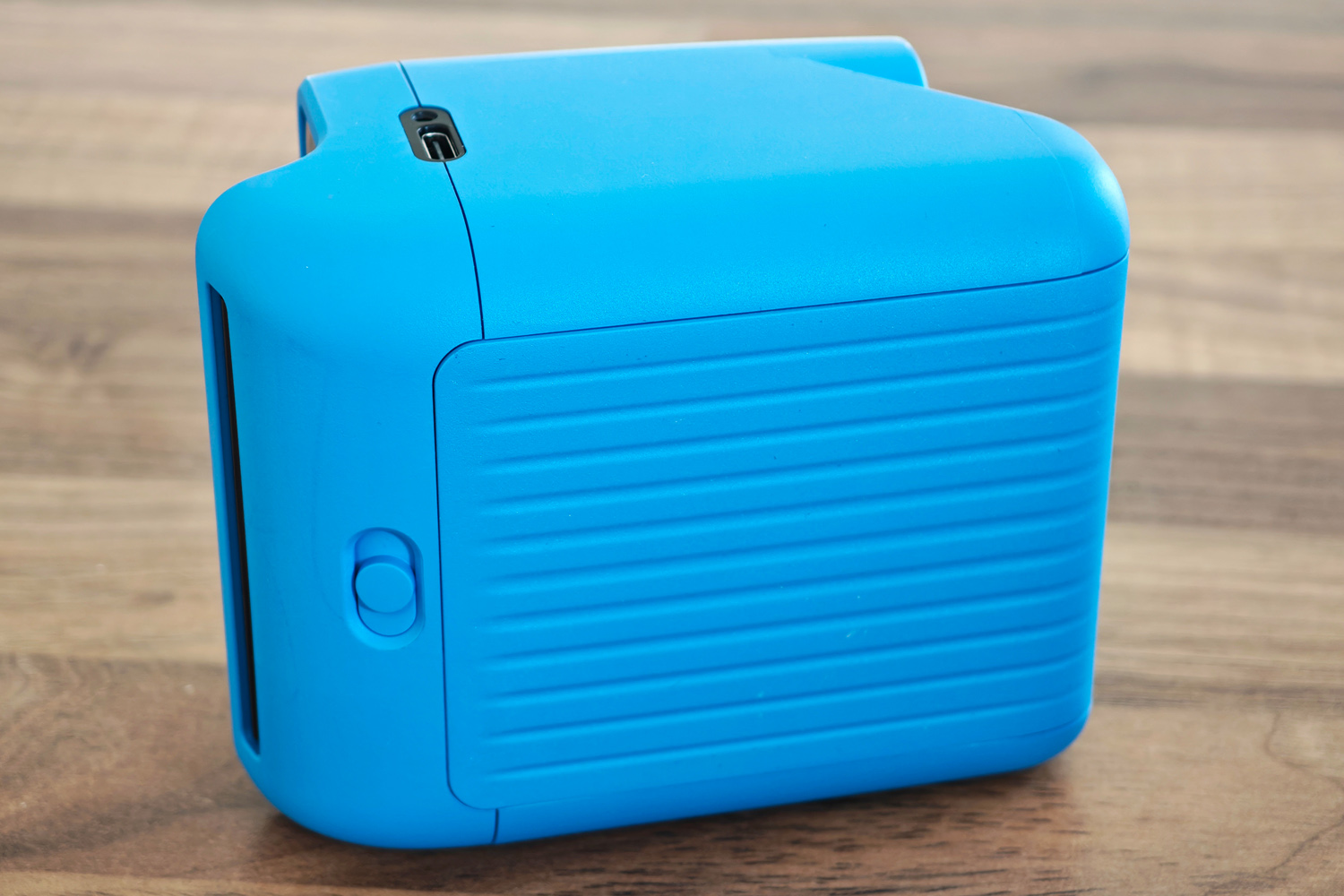
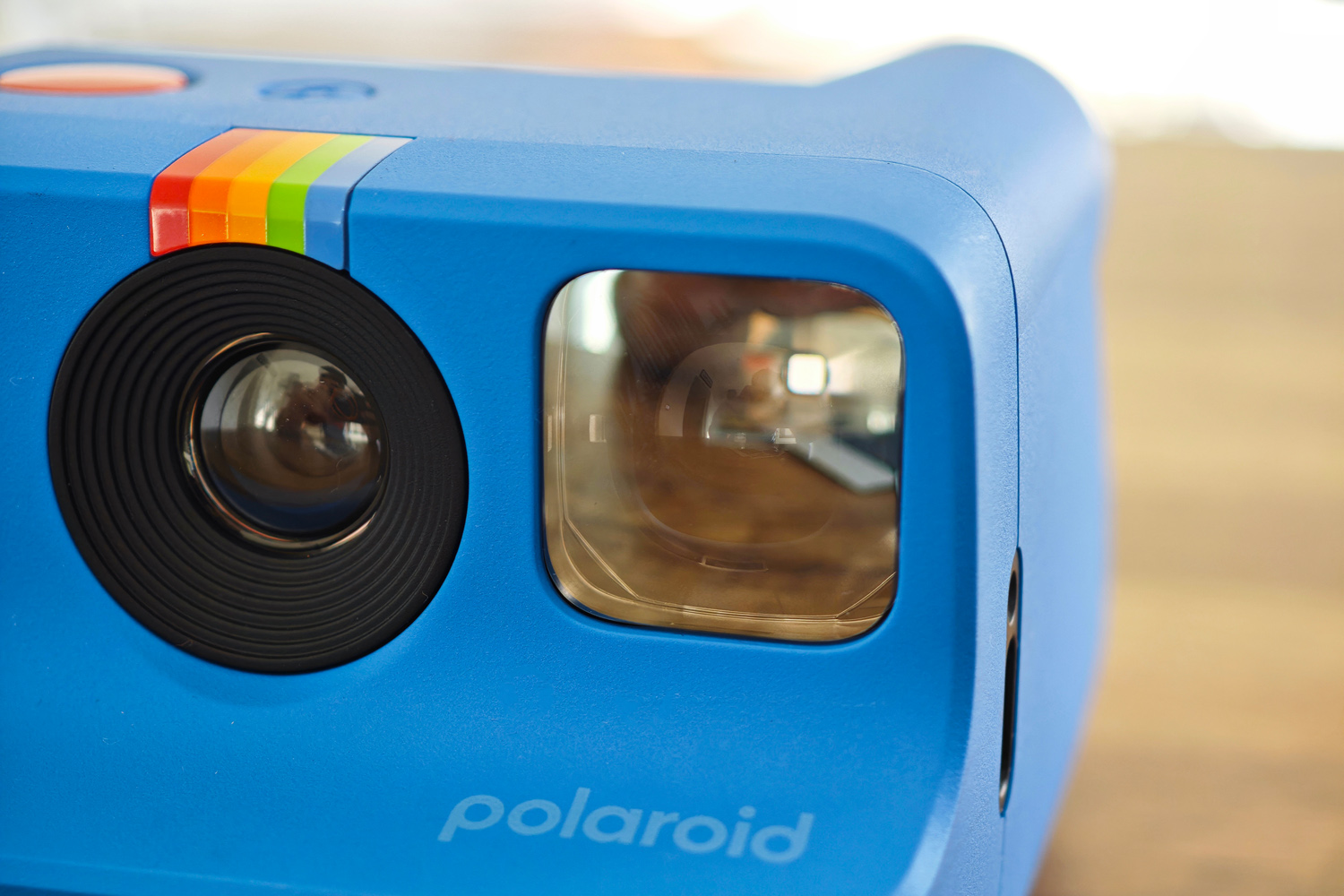
Polaroid hasn’t tried to reinvent the wheel here: the Generation 2 is all but indistinguishable from the original Polaroid Go, from practically every angle. Only the logo on the film eject lip, and the different charging port at the side give the game away. You can pick one up in black, white, red, or blue colours.
Whatever you go for, this is the epitome of camera cuteness, and hands-down the smallest ‘true’ instant camera I’ve used. Fuji’s smallest effort, the Instax Pal, is more a digital camera that pairs to an instant printer; this is purely analogue.
It’s still made entirely from plastic – but the reassuringly solid kind, with 30% of it being from recycled materials. The angular body and ridged film door give you plenty or purchase, while keeping the physical buttons in easy reach. There are only three: power, flash, and a shutter button.
A single-character LCD next to the power button lights up when you turn the camera on, showing how many shots you have left in the current film pack. Film is fed in through a door in the bottom of the camera, which is held in place by a firm catch. I never knocked it accidentally, so didn’t have to worry about wasted film. There’s also a strap loop here for fitting a wrist strap; Polaroid includes one in the box and it makes carrying what is a rather boxy camera around that little bit easier.
Up front, there’s a sizeable flash, self-timer countdown LEDs, and the fixed lens. I love how the viewfinder glass next to it has been polished to a mirror finish, so you can use it as a selfie mirror without Polaroid having to add any extra parts.
Features & battery life: the simple life
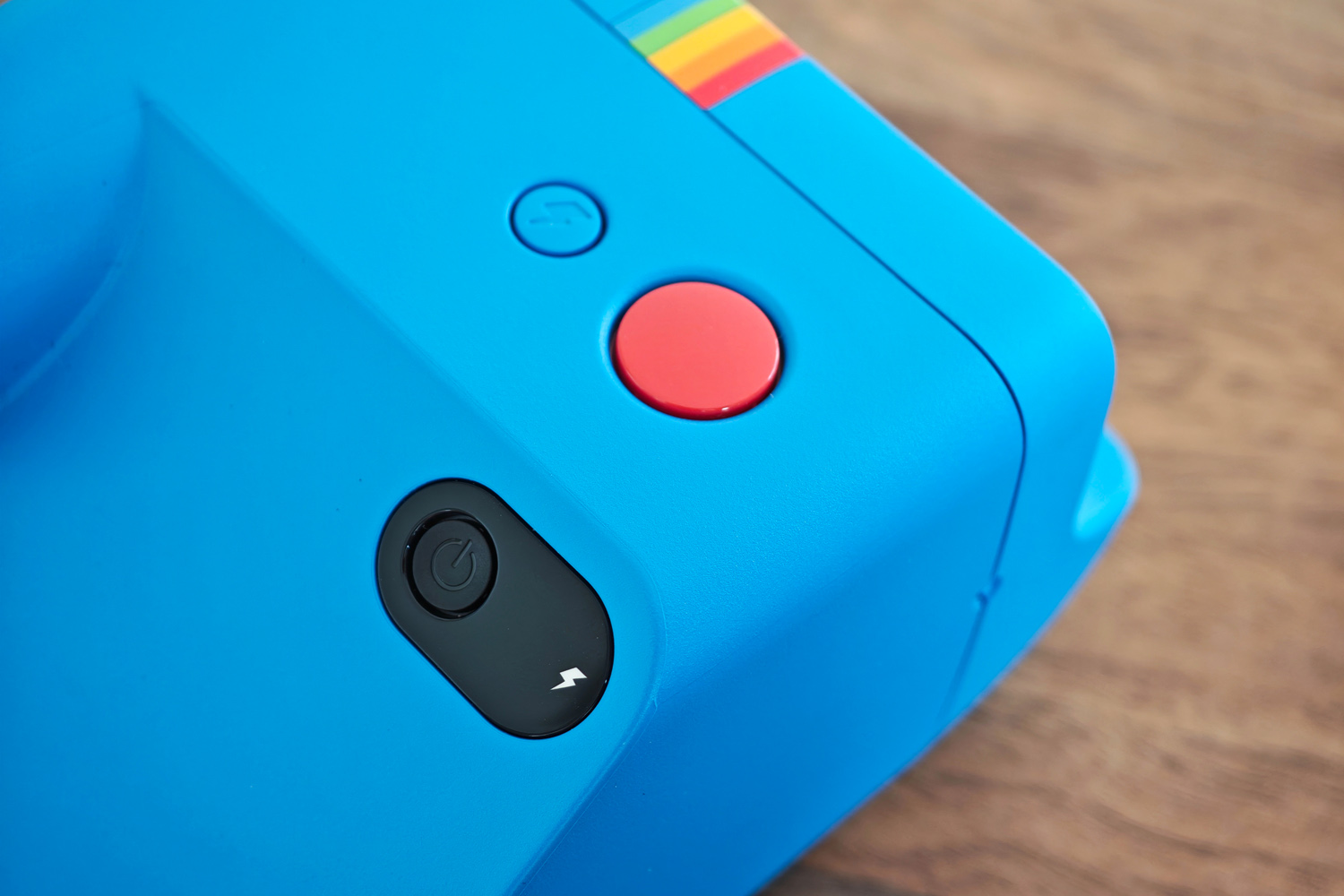
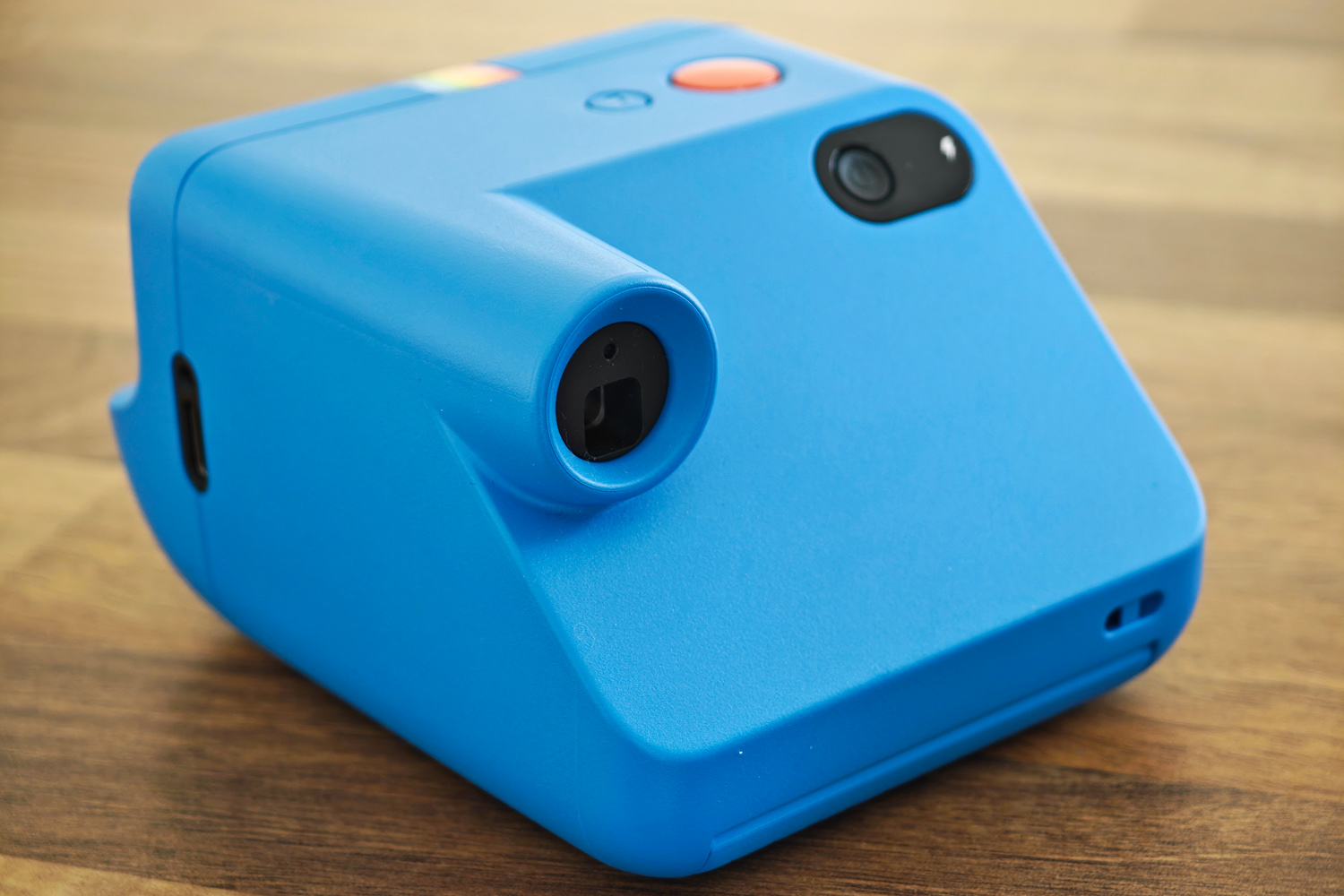
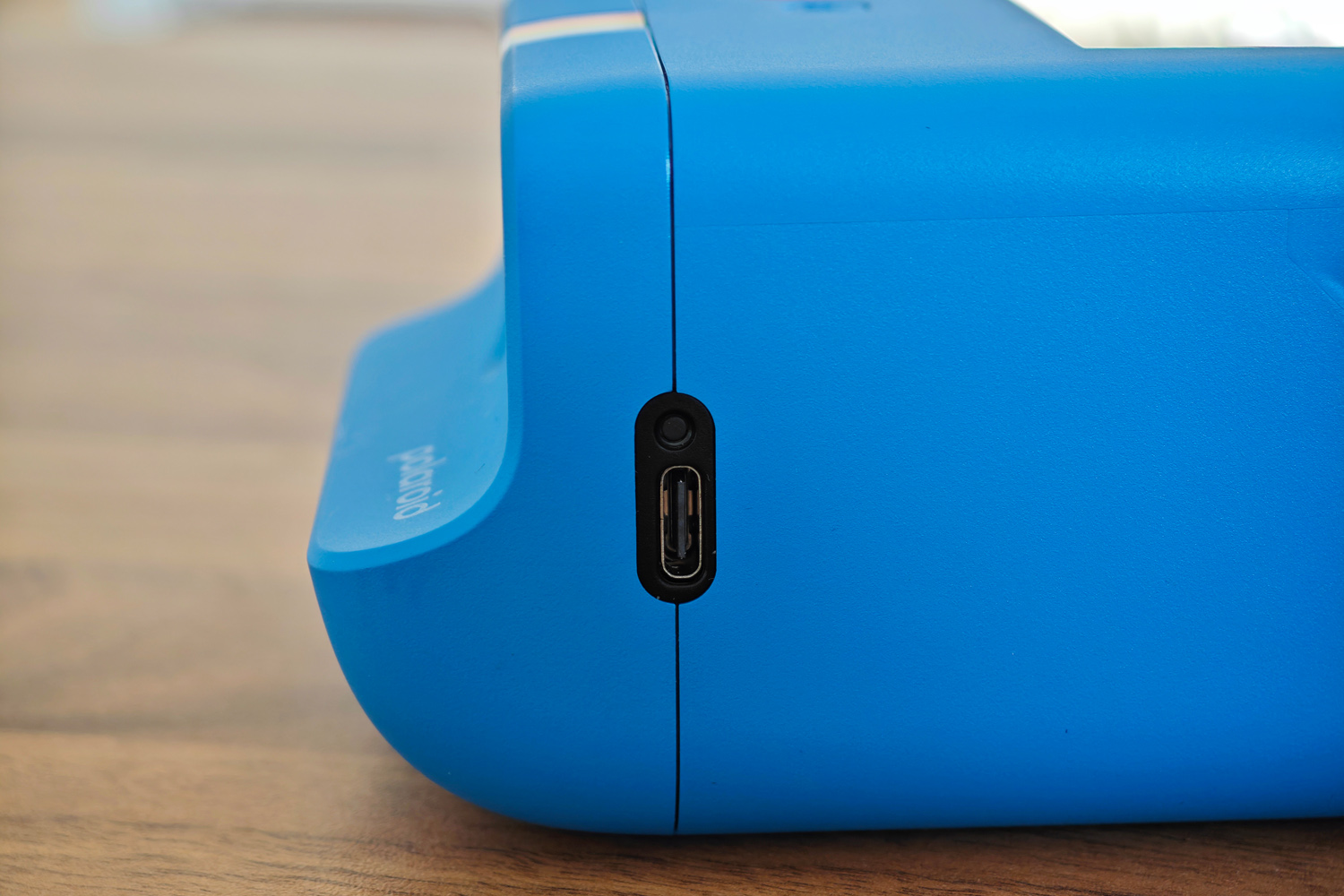
There’s not an abundance of shooting modes or creative filters here, and certainly no room for the built-in colour effects found on Fuji’s Instax Mini 99. Polaroid will sell you a trio of plastic clip-on filters for adding red, yellow, and blue hues to your snaps, but otherwise what you see is what you get.
Holding down the flash button activates the self-timer, illuminating an LED on the front of the camera to let you know the next snap will be on a 10-second interval from when you press the shutter. The selfie mirror shows subjects a little closer than they appear in the printed image, which is a handy way to avoid cutting out the tops of heads.
Double-pressing the flash triggers dual exposure mode, with the shot indicator changing to a flashing 1 or 2 as you take your snaps. I got mixed results at first, but it’s a fun way to add some creative flair to otherwise plain subjects.
I ran out of film before I ran out of battery; Polaroid says the Go Gen 2 is good for 15 packs with each fresh charge. It’s great to see this new version get USB-C charging (the old one made do with micro-USB, which was already old hat back in 2022). A top-up takes about half an hour.
Performance: hip to be square
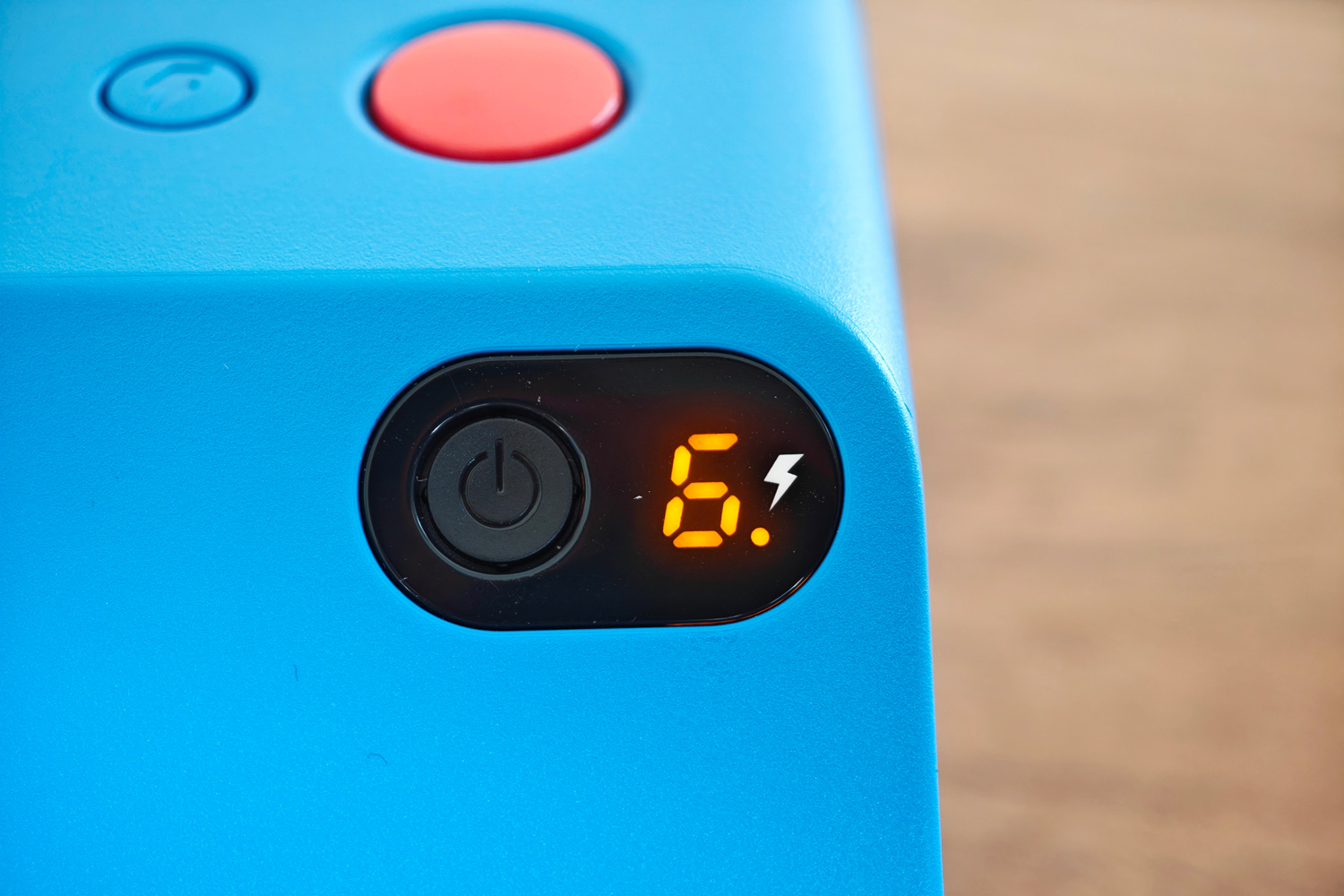
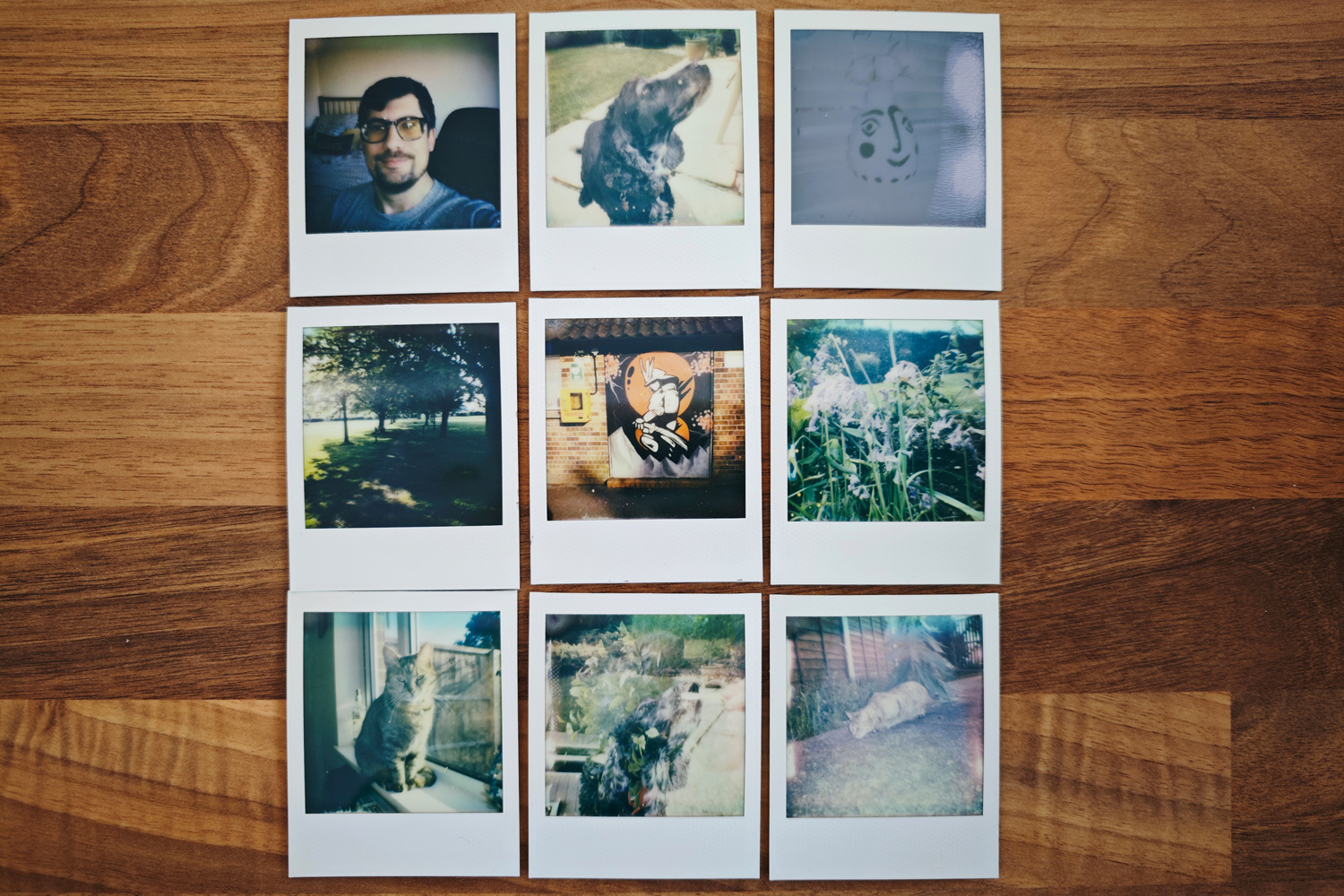
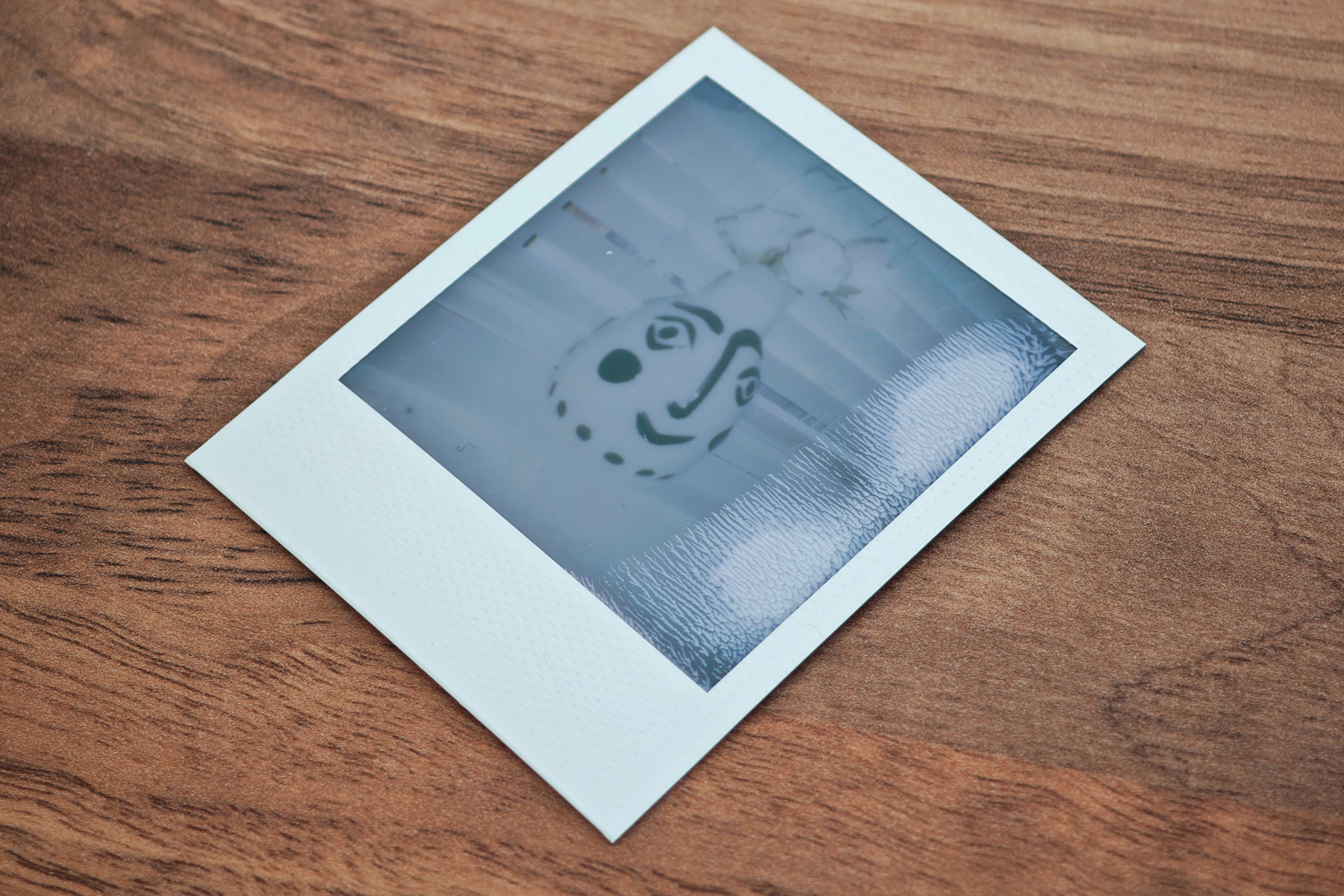
The Go Generation 2 is “point and shoot” in a nutshell; the 51.1mm lens is fixed-focus, and the only control you have over exposure is whether to disable the flash or not. There’s no automatic mode – it’s either on for every shot, or off. The f/9 to f/42 aperture range is much wider than the original camera’s f/12 to f/56, letting in more light per shot, but you’ll want to keep the flash on for all but the brightest of conditions. The 1/300 shutter speed is more than twice as fast as the first Go’s 1/125, which makes shooting moving subjects that little bit easier.
They might be a lot smaller than Polaroid’s usual i-type film, but each Go print uses the same chemical development process. That means colours are very similar, with a mix of muted, pastel hues and more dramatic darker shades. Blooming or overblown highlights were pretty common, and snaps tend to lean a little towards magenta and green. Basically it’s the Polaroid signature look, only in miniature scale.
The fixed-focus Go can’t always match up to pricier instant cameras with autofocus; a lot of my shots appeared soft because I’d not judged the subject distance correctly for the lens, and no macro mode means close-ups can be a hit-or-miss. But this is just another part of instant’s charm.
Don’t expect the flash to be of much help with further away subjects at night; it’s simply not powerful enough for anything more than a meter or two away. The darker, moodier vibe you get in low light can be a good thing, making for haunting and impactful images – but for pics of friends on nights out, closer is definitely better.
Polaroid Go Color film packs aren’t the cheapest, either – and you only get eight shots in each one. Twin packs will set you back $19/£18, or more than $1/£1 per picture. An Instax Mini double pack, with two sets of 10 shots, costs $14/£14. Polaroids take longer to fully develop (around 15 minutes) and are a bit more delicate; I accidentally left fingerprints over a few shots by pressing on them too hard during the development process.
Polaroid Go Generation 2 verdict
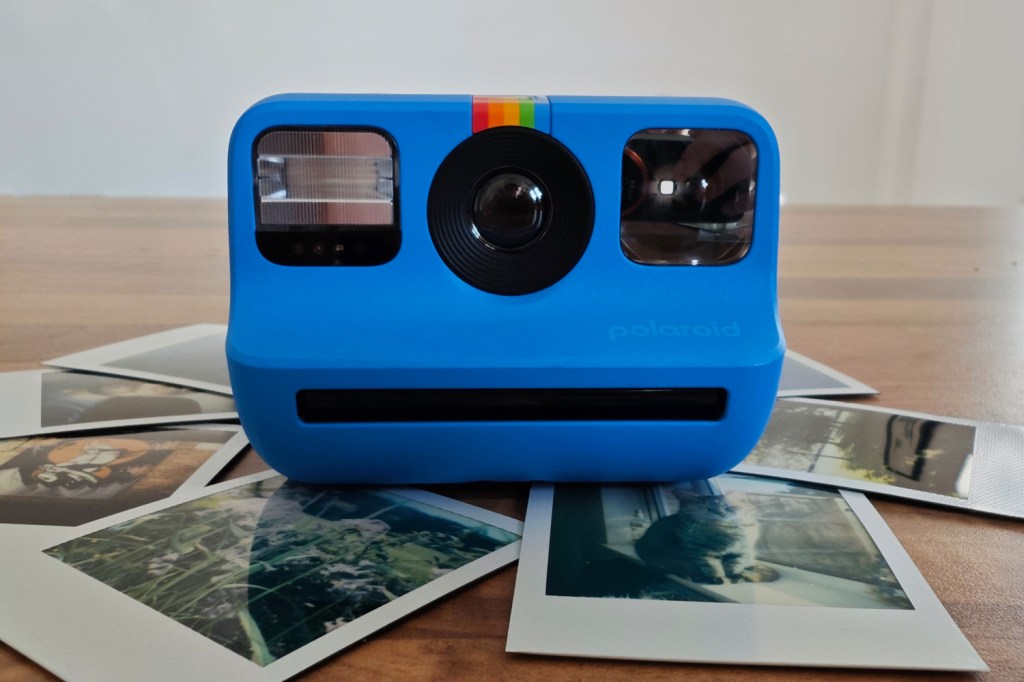
I love instant photography, but hate having to make a conscious effort to take my camera out with me. That’s not the case with the Polaroid Go Generation 2. Though not truly pocket-sized, it’s brilliantly compact and slips into the smallest of bags. The quality-of-life improvements over the original model are welcome, and the diddy snaps it spits out are simply adorable.
The wider aperture lens hasn’t drastically upped its low-light hit rate, though, and Polaroid’s Go film packs make a bigger dent in your bank balance than the smallest Instax film. While Fuji’s cameras are physically much larger, they also have more creative modes. If you want more manual control, and Instax Mini 99 may be a better bet. But if portability is paramount, nothing does it better than the Go.
Stuff Says…
The most pocket-friendly take on instant photography is even better for its second iteration. The Polaroid Go Generation 2 still isn’t perfect, and film remains expensive, but it’s a whole lot of fun.
Pros
As small as instant cameras get
Point-and-shoot simplicity with colourful prints
A few useful creative modes
Cons
Low-light snaps aren’t fantastic
Film packs are pricey
Polaroid Go Generation 2 technical specifications
| Film type | Polaroid Go film |
| Lens | fixed focus, f/9-f/42 |
| Display | single character LCD shot counter |
| Viewfinder | optical |
| Shooting modes | Self-timer, Double exposure |
| Battery life | 420 shots |
| Dimensions | 105x84x62mm, 239g (without film pack) |

